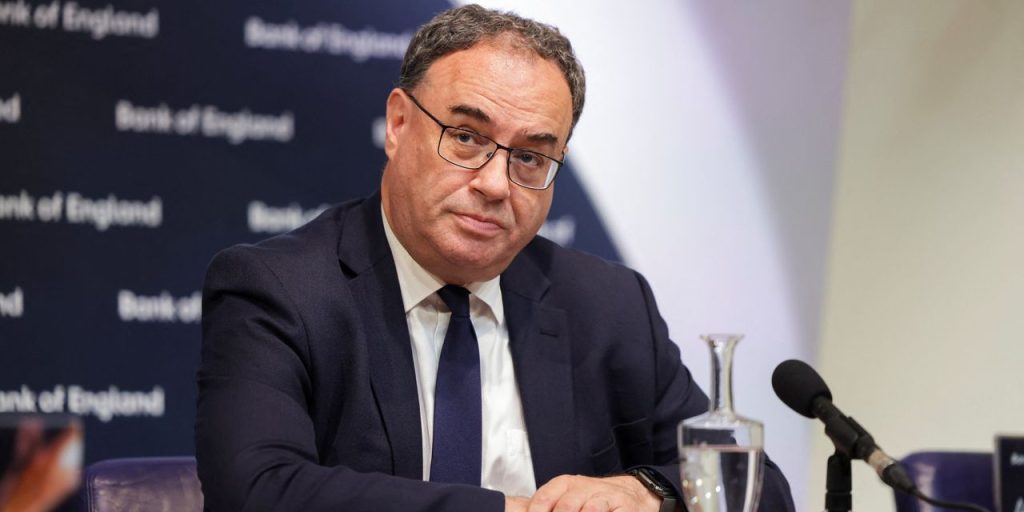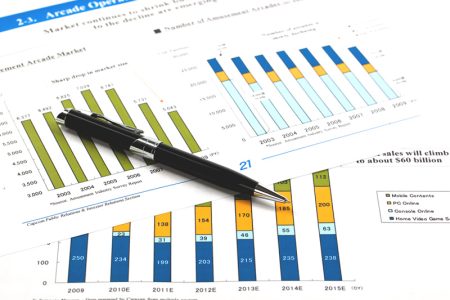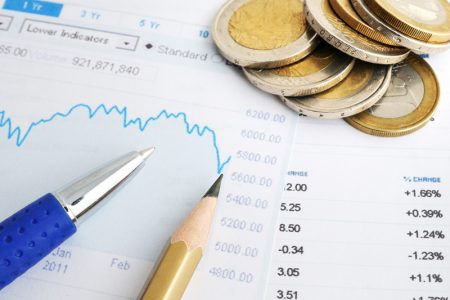The Bank of England on Thursday lifted interest rates by a quarter-point to 5.25%, its highest level since the global financial crisis and the 14th consecutive increase .
Heading into the decision, interest-rate futures had priced in a 31 basis point increase, underscoring the difficult decision the central bank had in choosing between a quarter-point and half-point move.
The decision was made by a 6-to-3 vote, with two calling for a half-point hike and one for no change at all.
U.K. inflation in June slowed to 7.9% year-over-year. The Bank of England said inflation will fall to around 5% by the end of the year, accounted for by lower energy, and to a lesser degree, food and core goods price inflation.
It said risks around the inflation forecast are skewed to the upside, albeit by less than in May, reflecting the possibility that the second-round effects of external cost shocks on inflation in wages and domestic prices take longer to unwind than they did to emerge.
In the simultaneously released minutes, the Bank of England conditioned further increases as an “if.”
“If there were to be evidence of more persistent pressures, then further tightening in monetary policy would be required,” the bank said. The central bank did say that current rates were “restrictive”
The pound
GBPUSD,
dropped after the decision, and the yield on the 2-year gilt
BX:TMBMKGB-02Y
fell by 9 basis points.
“It is our belief that the current restrictive levels will cause a larger growth impact, eventually resulting in lower policy rates than currently implied by market expectations,” said Jamie Niven, senior fund manager at Candriam.
Vivek Paul, U.K. chief investment strategist at the BlackRock Investment Institute, said the U.K. is heading for a long period of near-zero growth, if not an outright recession. But he said U.K. equities have priced more of the weak growth and restrictive policy path for developed market equities, and as a result are more favorable on U.K. equities than U.S. ones.
The iShares MSCI United Kingdom ETF
EWU
has gained 6% vs. the year, compared to the 18% rise for the S&P 500
SPX.
Read the full article here














